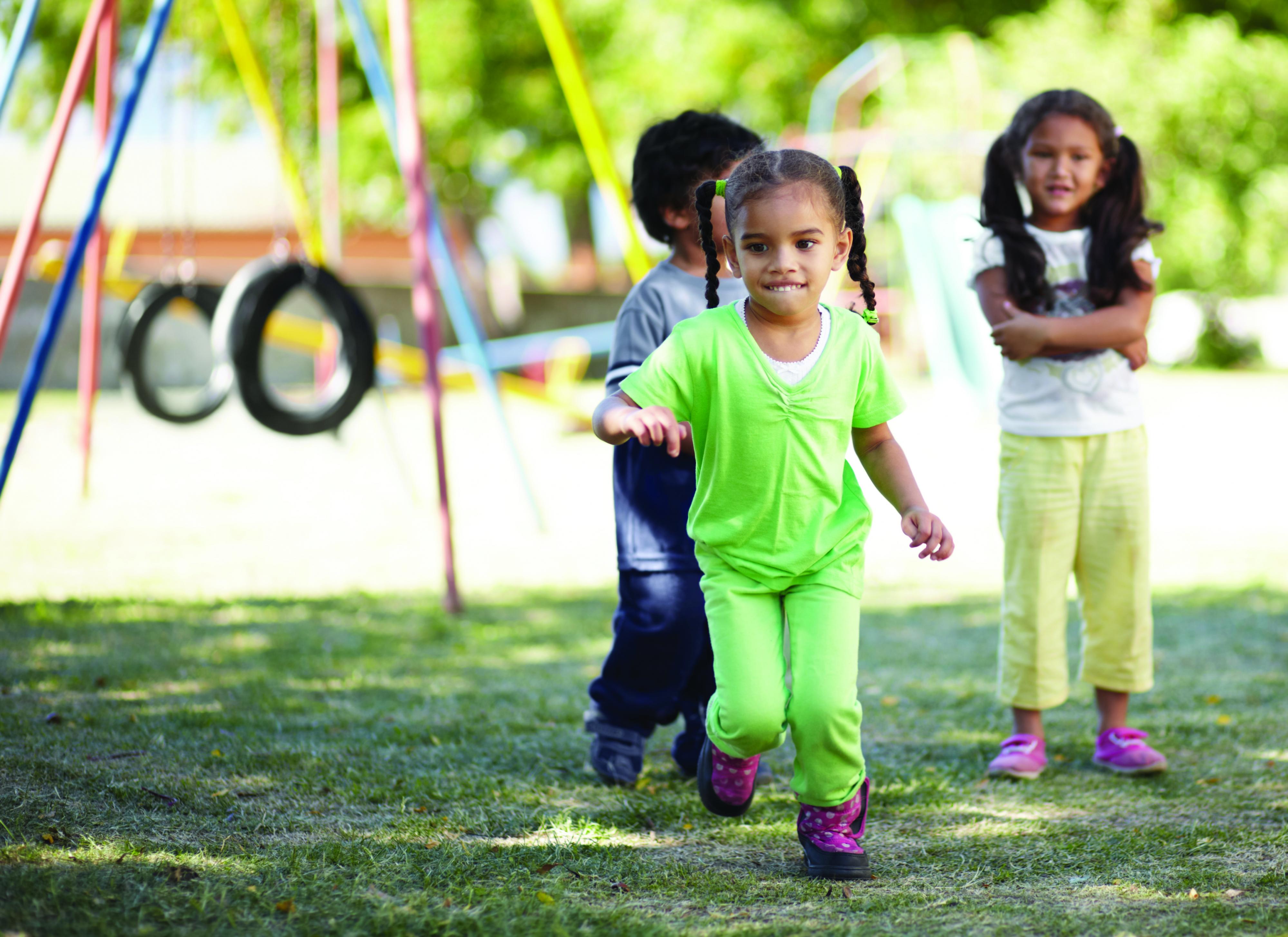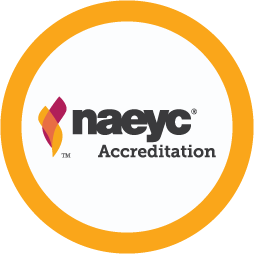Breaking Down STEAM for Young Children. Part 3: Questioning. Asking Questions and Being Problem Solvers

You are here
This is the third article in a four-part series that explores STEAM (science, technology, engineering, art, and mathematics) activities in early childhood settings. Here, we take a deeper look at the types of questions you can ask to foster supportive and engaging STEAM experiences. Read Breaking Down STEAM for Young Children and Breaking Down STEAM for Young Children. Part 2: Teacher-Child Interactions: Inspiring Conversations, the first two articles in the series.
There are many different types of questions you can ask to encourage children to share their ideas and to guide them toward greater STEAM knowledge and inquiry skills. Above all else, be sure to ask lots of open-ended questions that can have many answers, like “What can you tell me about this leaf?,” and relatively few closed-ended questions that have only one correct answer, like “What color is this leaf?” Try to avoid questions that only call for yes or no, like “Is this leaf green?” Questions with only one correct answer limit children. If children do not know the answer, they are more likely to withdraw from a task than to engage in a conversation to learn more.
Unfortunately, closed-ended questions like “What is the name of this shape?” are commonly asked in early childhood classrooms. You may find it helpful to ask some questions like these to determine individual children’s needs, but successful STEAM explorations are usually inspired by open-ended questions that guide children to share and expand on their ideas. Two useful types of open-ended questions are person-oriented and process-oriented questions.
 Person-oriented questions encourage children to make connections between what they already know and what they are exploring. Here are a few examples of person-oriented questions:
Person-oriented questions encourage children to make connections between what they already know and what they are exploring. Here are a few examples of person-oriented questions:
- What do you think is happening to the ice when we put it outside?
- What do you think will happen next in the story?
- What do you think we need to set the table for four people?
These questions give children the space to answer in whatever way makes sense to them. Person-oriented questions are great when you want to increase the amount of conversation in your classroom or when you want to assess what children know about a topic.
To extend children’s learning and to guide them toward more meaningful conversations during a STEAM exploration, try to ask process-oriented questions that require children to complete an action (such as observing) in order to respond. For example, if children respond to the person-oriented question “What do you think will happen next in this book about how to build a bridge?” with an answer that is completely unrelated (such as, “Dinosaurs are coming”), you may want to redirect them to what they see on the page.
Pointing to a photo—perhaps of a crane or a cement truck—you could ask process-oriented questions such as “What do you see on this page?” and “What do you think might happen next based on what you see here?” By giving children an action (observing), you are providing them with a strategy to help them better understand a STEAM topic. Building content knowledge and inquiry process knowledge together is essential for future success in STEAM courses.
Here are some examples of process-oriented questions:
- What do you notice about the leaves? What are some things that you see?
- Could a bridge made of paper be strong enough to hold one of our toy cars? Let’s find out!
- How can we find out how many plants will fit in our planter box?
Becoming problem solvers
Let’s revisit Mr. Barron’s preschool class (from the first article in this series) to examine the types of questions he asks. In this example, Mr. Barron’s preschoolers were struggling with the problem that outdoor play time wasn’t fair because not all the children had an opportunity to be on the swings. Instead of telling the children how to work out the problem, Mr. Barron chose to set the stage for problem-solving by presenting the issue to the class during a whole group discussion.

Mr. Barron started the conversation by describing what he saw happening on the playground: “I noticed when we were outside that many of you wanted to play on the swings but not everyone was able to have a turn.” He then asked a few questions to encourage discussion about the situation:
- How did it make you feel when you didn’t get a turn on the swing?
- How do you think it made others feel when they didn’t get a turn?
- What did you see happening when your classmates didn’t get a turn?
Once the children recognized the issues and discussed how they felt, Mr. Barron smiled and exclaimed, “We have a problem! Our problem is that the swing system isn’t fair. What can we do to solve this problem?” Too often, children hear the term problem and see it as a negative situation. In STEAM classrooms, problems are celebrated as opportunities to work together and find creative solutions.

Mr. Barron gave the children time to discuss various solutions in small groups. He moved around to each group asking different types of questions:
- What do you think we could do to solve our problem? (person-oriented)
- What did you notice about how we lined up for lunch? What did you see me do? (process-oriented)
- How do you think each person in our class could have a turn on the swing this week? (person-oriented)
- How can we test your ideas? (process-oriented)
Through these discussions, the children came up with three solutions: timed turns, weekly schedules, and a point system to determine how long and how often each child could use the swings. Then, Mr. Barron invited everyone to participate in a class vote. He gathered the class around a large sheet of paper with three columns, one for each solution. He gave each child a sticky note with their name on it and called each child up to place their name under their chosen solution.
Once all the votes were posted, Mr. Barron asked the children to count along as they tallied the votes. This activity created an authentic opportunity to encourage children to collect data and use that data to understand the final decision.

In closing
Mr. Barron used person- and process-oriented questions to help facilitate children’s discussions. The questions he asked encouraged children to think of a variety of strategies and engaged them in the discussion for a substantive period of time. If you use STEAM processes to solve problems in your classroom, be sure to use Mr. Barron’s positive approach of celebrating problems so children see a challenge as an opportunity. Remember to ask questions that promote making connections, sharing ideas, and understanding an issue.
This article supports the following NAEYC Early Learning Program Accreditation standards and topic areas

Photographs: © Getty Images
Sandra M. Linder, PhD, is an associate professor of early childhood mathematics education at Clemson University. Her research focuses on supporting home mathematics and STEAM environments.
Angela Eckhoff, PhD, is an associate professor of teaching and learning–early childhood at Old Dominion University, in Norfolk, Virginia.